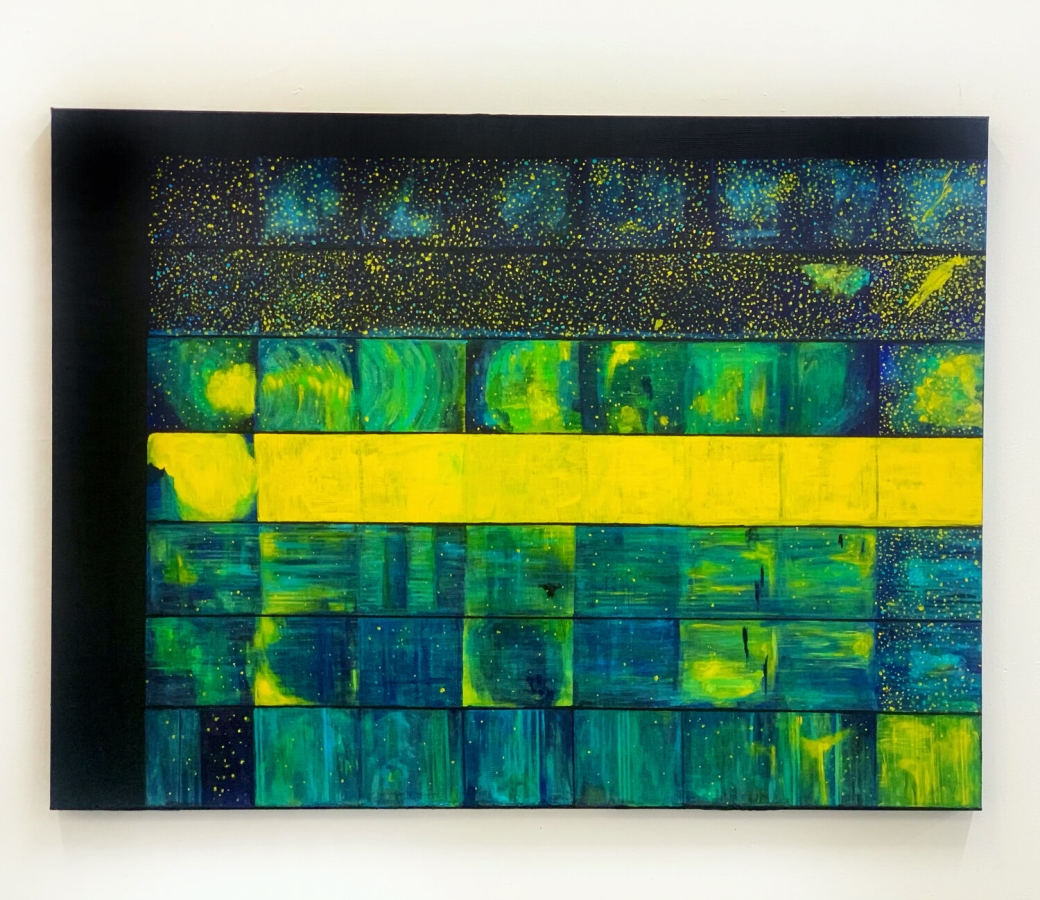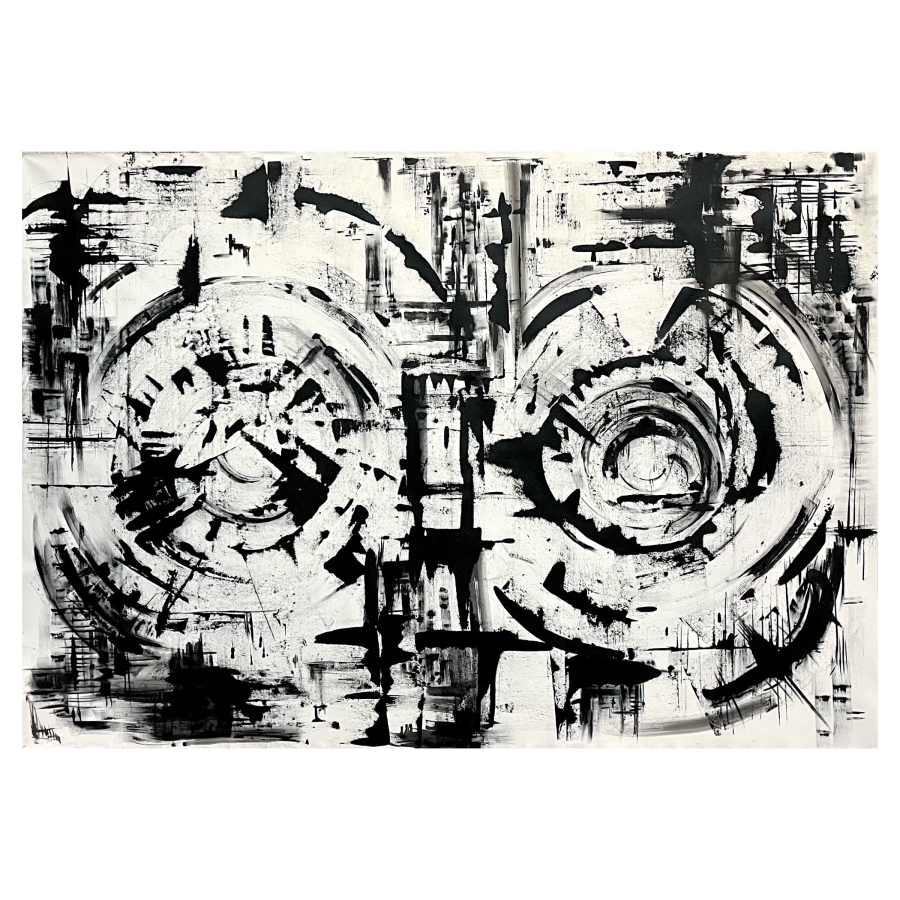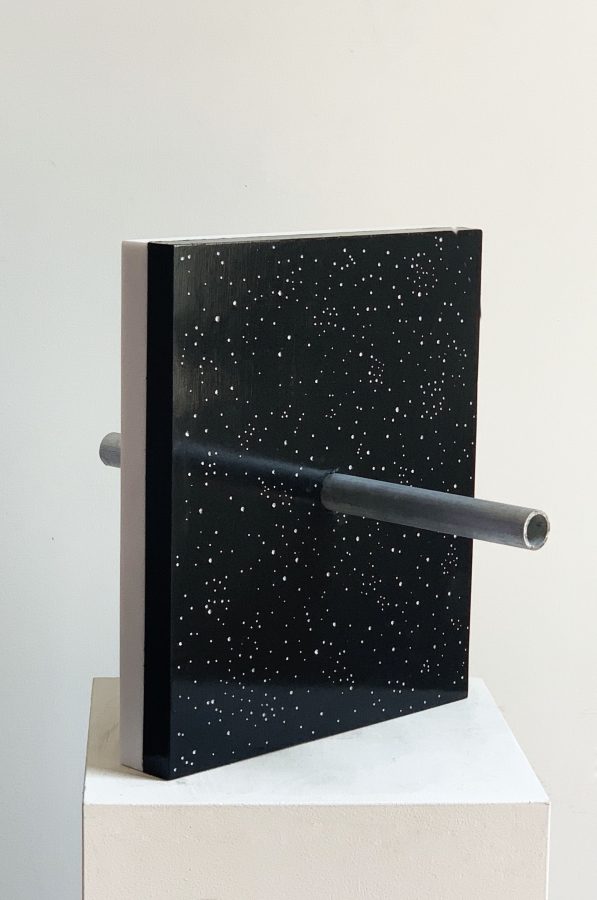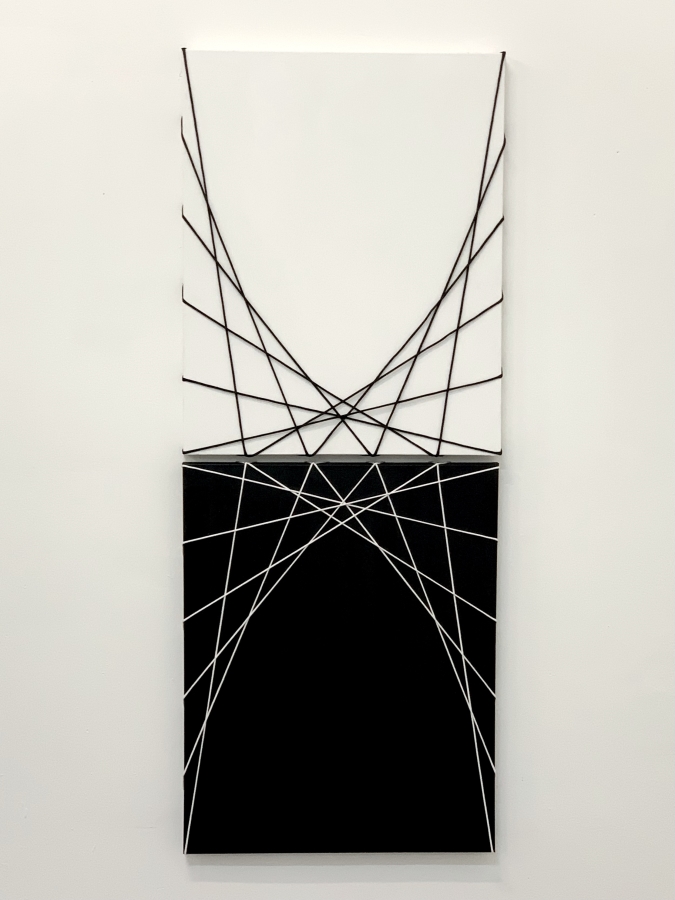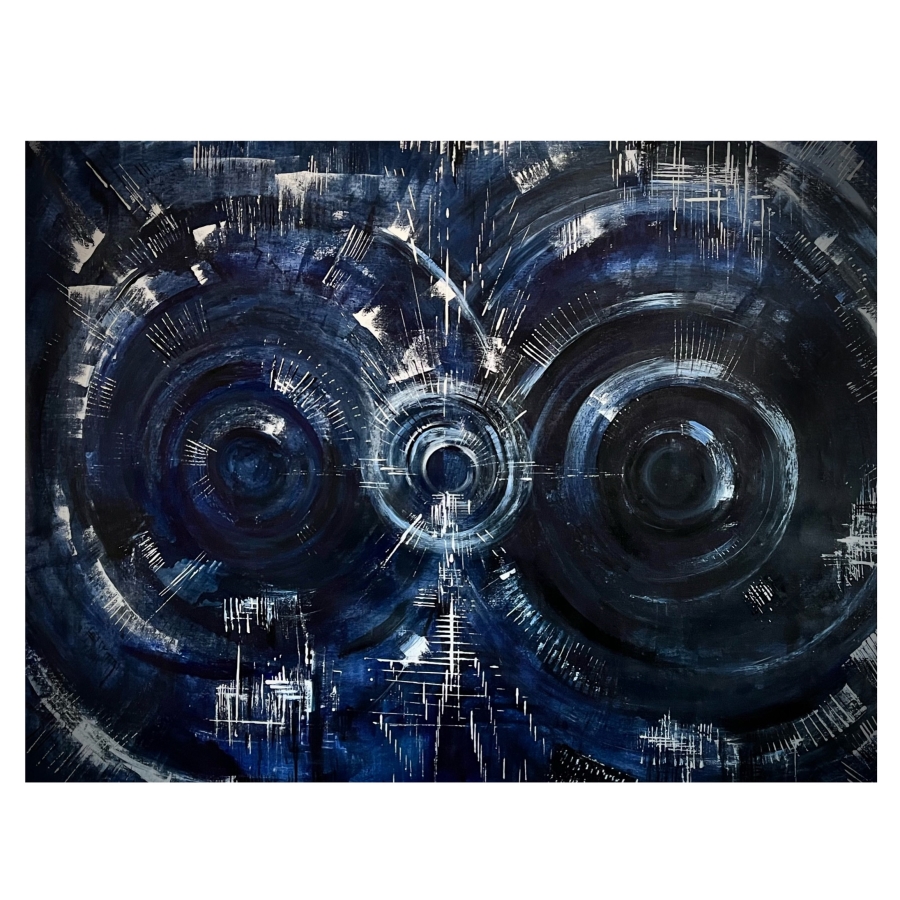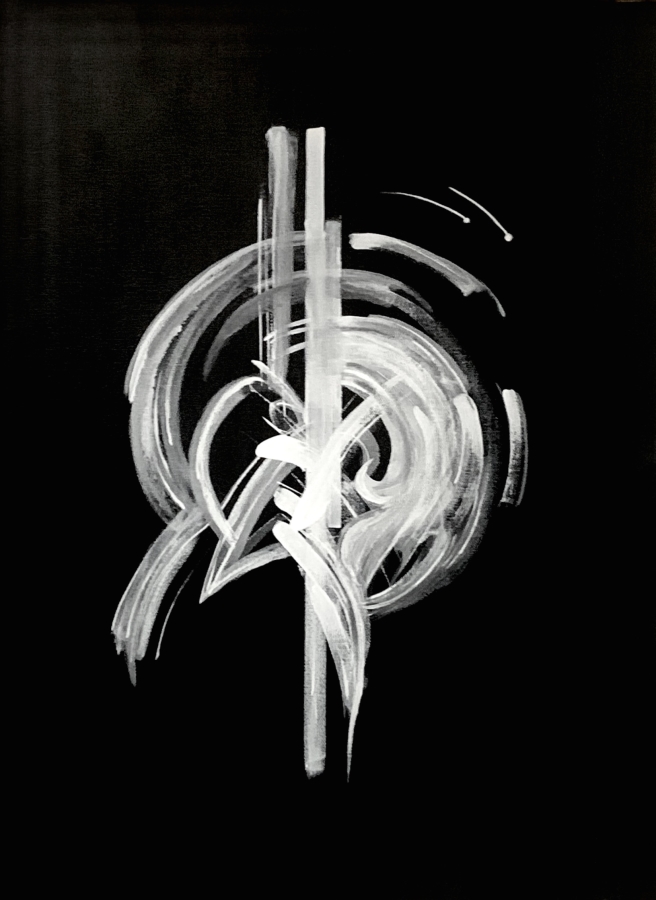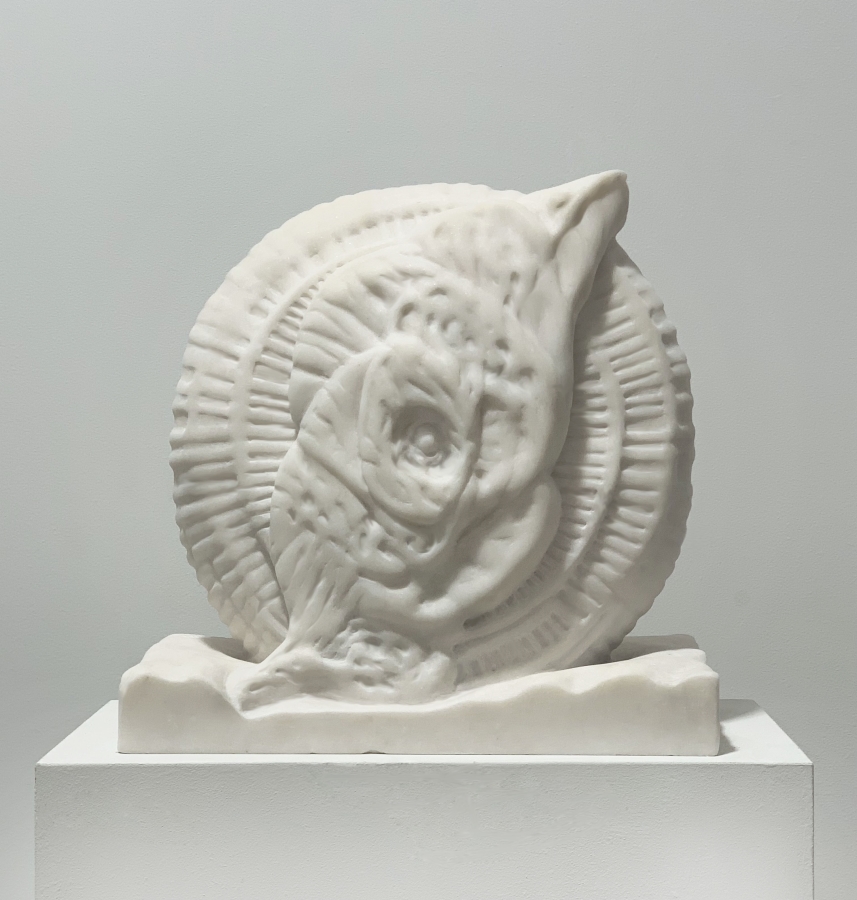
Interview
Artist: Dalila Pasotti
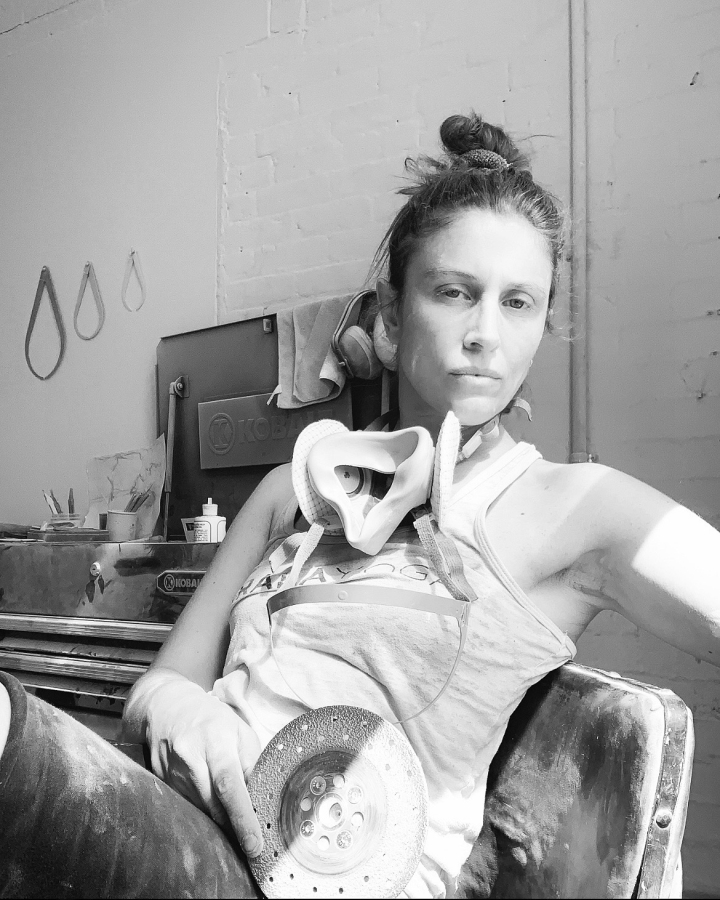
How has moving from Turin, Italy to New York City changed the way you approach your art?
I look at my life path as a natural evolution, therefore my view hasn’t changed, just dramatically developed. My story started with a degree in natural sciences at the University of Turin, and several years later I’m making art with a scientific approach, while continuing to study the subject. I’d say, (my approach and study) has deepened. Part of me thinks that it could have happened anywhere, but then here in New York you can find the best of Science and Art in the same place, so I do give this credit.
What inspires you artistically? Which artists do you admire?
This question is always hard for me as I’m influenced by and love so much art. The idea that ancient civilizations were able to build monumental masterpieces using astronomical and mathematical coordinates is astounding and definitely inspiring. But if we fast forward to the last century, I’m a follower of Constructivism and I’m inspired by artists such as Naum Gabo, Antoine Pevsner, and Vladimir Tatlin. That said, my main inspiration always comes from physicists, astrophysicists, and mathematicians which I consider artists as well.
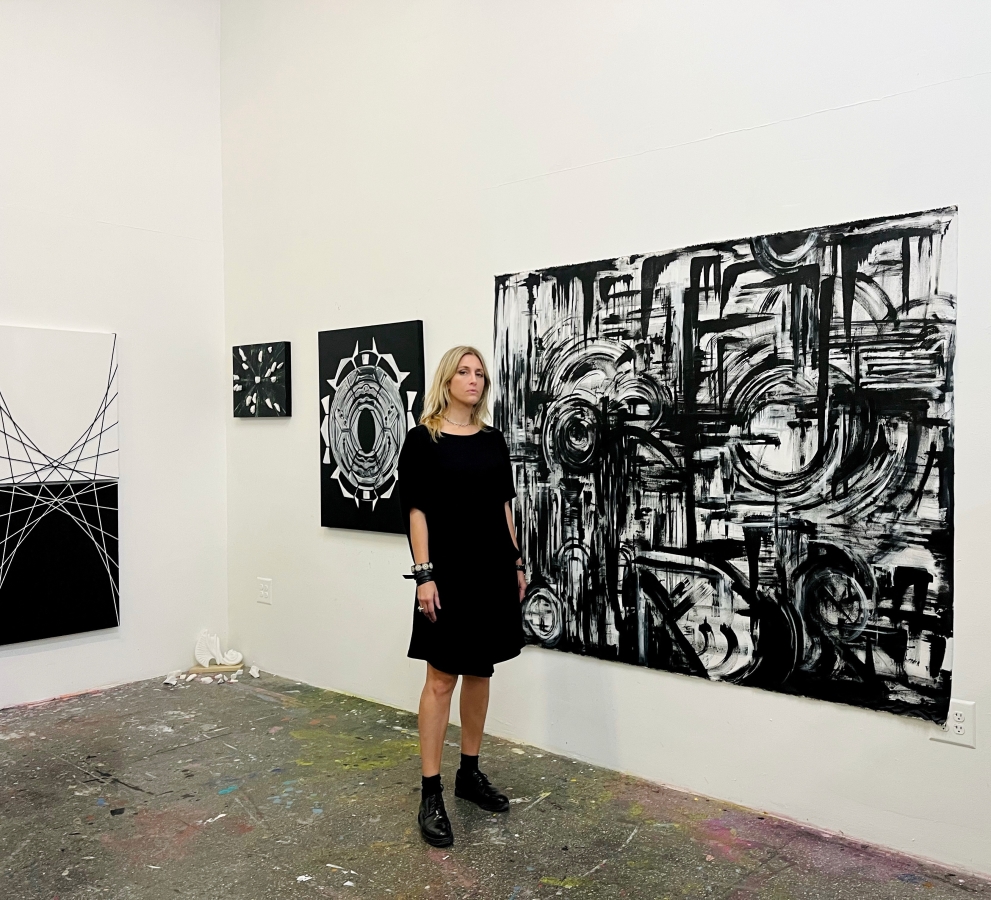
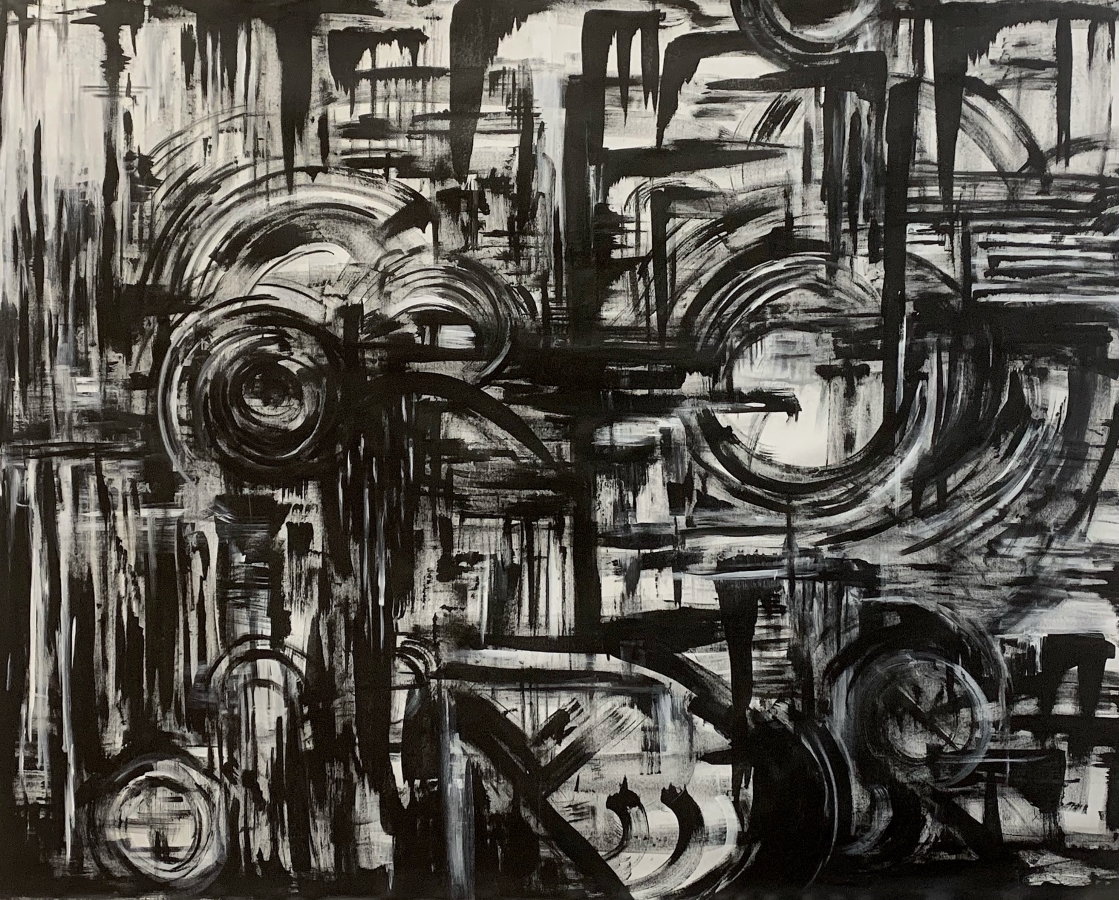
What’s the most indispensable item in your studio?
Tools, from chisels to brushes.
Through your work, art marries physics and astrophysics successfully.
Yes, my work is an interpretation of what I’ve studied in physics. A part is strictly scientific, and then I must add the part made by my own creative brain and make it work together.
How do physical laws governing the cosmos influence your work?
It’s almost a mystical process. The ideas come up while reading and studying, or when talking to scientists or listening to lectures during my visits to scientific institutions. Sometimes a theory or discovery haunts me for a while until I visualize something. Suddenly, I just see it, or I see the starting point of a concept. It’s impossible to explain in detail because I can’t really control it. Those moments come when they decide to, but the more I study the more they come. Of course, making these sparks into real artworks is the next challenge and undoubtedly a lot of work.
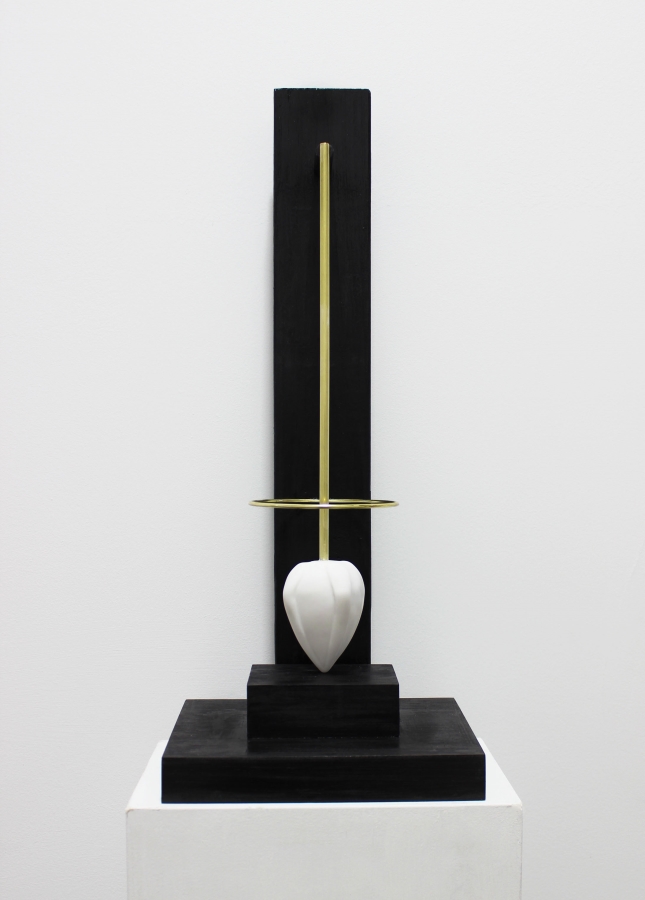
What is it about working with marble that’s particularly special to you?
I’m not sure why I’m so drawn to marble. I have a mysterious attraction to it. I love to look at it and even more to touch it. The moment I get myself a stone I know what to do with it. It comes naturally to me; I just see it in the piece. Also, the physical experience – the struggle, the fatigue, the difficulty – it’s all so fascinating. When I carve, I completely lose the concept of time. All my thoughts are far away because I’m so deeply into what I’m making. It’s cathartic.
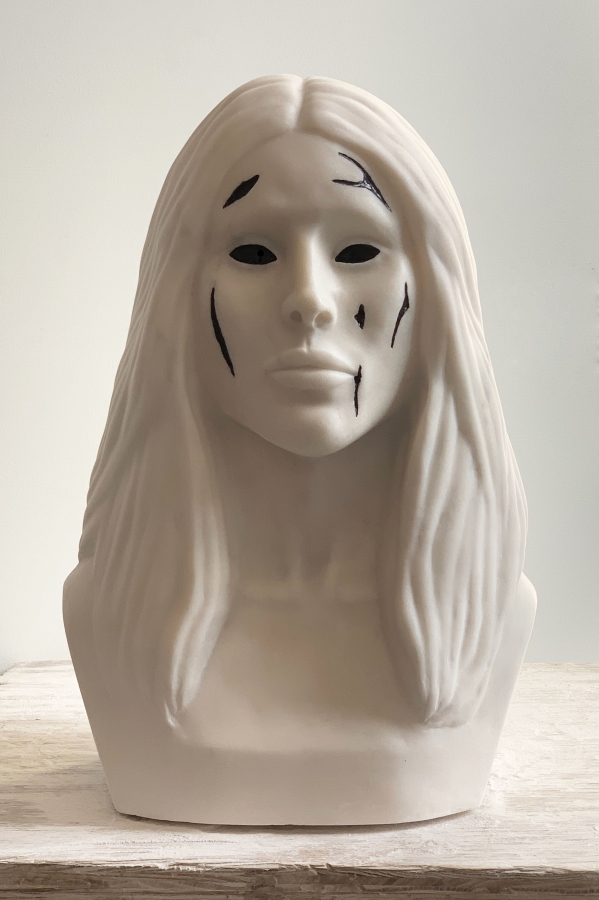
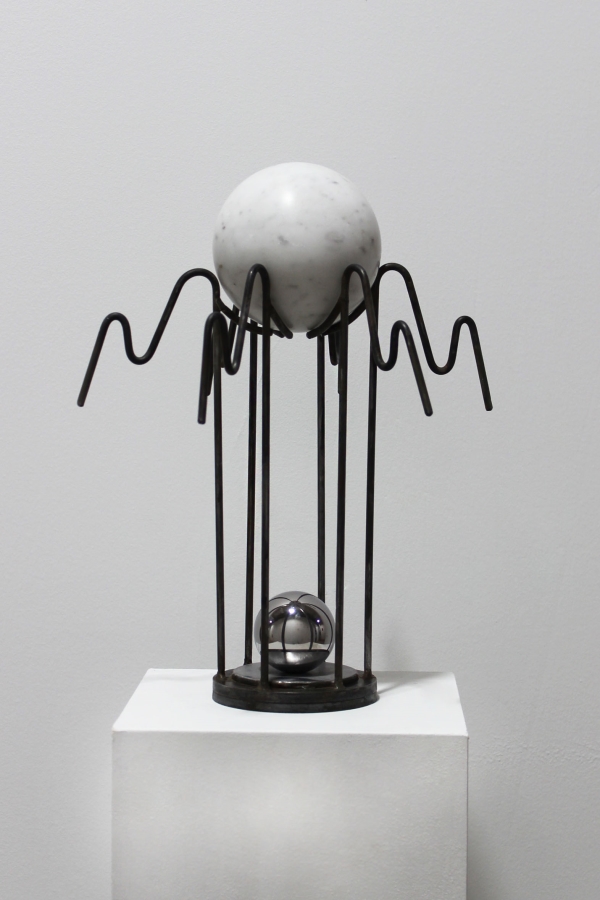
For a piece like Hypatia of Alexandria what was the process like? Can you use it as an example in talking about your creative process?
Hypatia of Alexandria is a very different kind of work from what I usually do, but there is an explanation. Hypatia was the first woman astronomer, mathematician, and philosopher who lived in Alexandria, Egypt between 360 and 415 AD. She was an incredibly gifted scientist ahead of her time who paid dearly for her greatness. She was tortured and killed by the Christians right before they destroyed the magnificent Library of Alexandria. Hypatia was a martyr in the name of science and knowledge and today, every woman in science should be grateful to her for opening the path to all of us with her sacrifice. I felt that a tribute to her was a necessary piece to have in my body of work.
The process is simple and complicated at the same time. You pick your block of marble, start to rough the shape out, and then you move to more precise tools as you get closer to the final shape. The best part is creating the details, which I feel is the real touch of the sculptor; how the bending or the cut of certain parts are carved, how the light hits it, and what kind of shades it will create, are crucial. And then hours and hours of sanding…
I honestly don’t think anyone can teach another person to carve. They might give you technical pointers, suggestions, explain how tools work, and so on, but with stone carving it all comes down to seeing and chipping the extra out while shaping your ideas. You have to feel it inside of you and most likely you’ll develop your own technique.
Is self-reflection difficult for an artist?
Everyone is different. We all have a very personal approach to this. My self-reflection and introspections are deeply intertwined with the mystery of the Cosmos, quantum physics, particles, gravity, cosmology. These are the things I think about all the time, and they often lead me to meditate about my relationship with the laws and secrets of the Universe and my role in it.
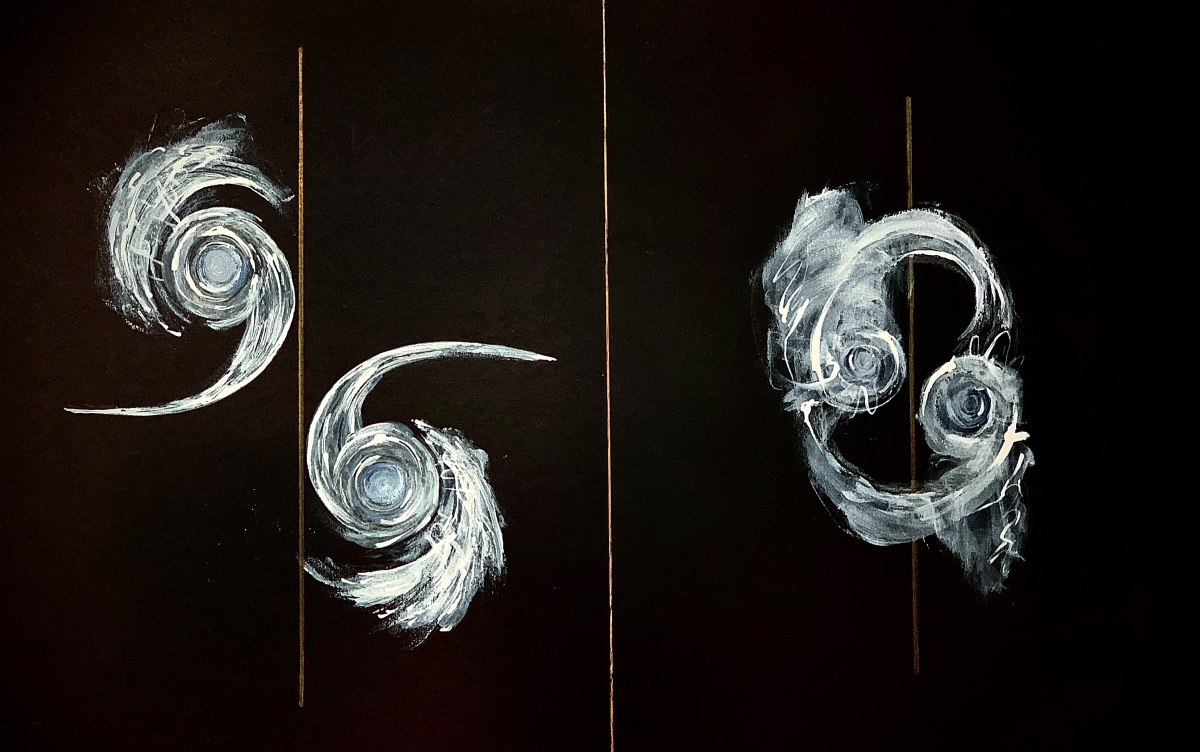
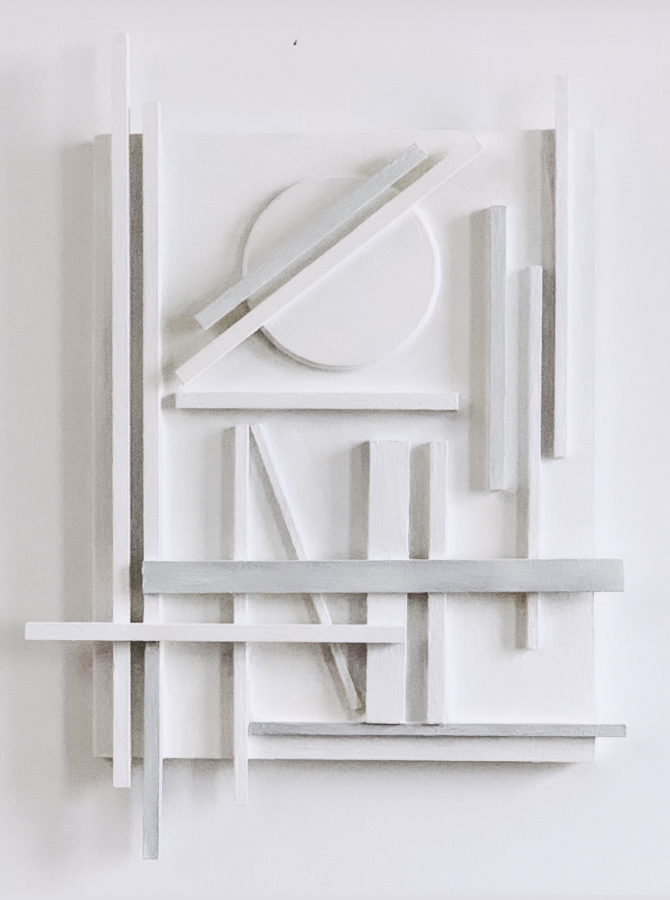
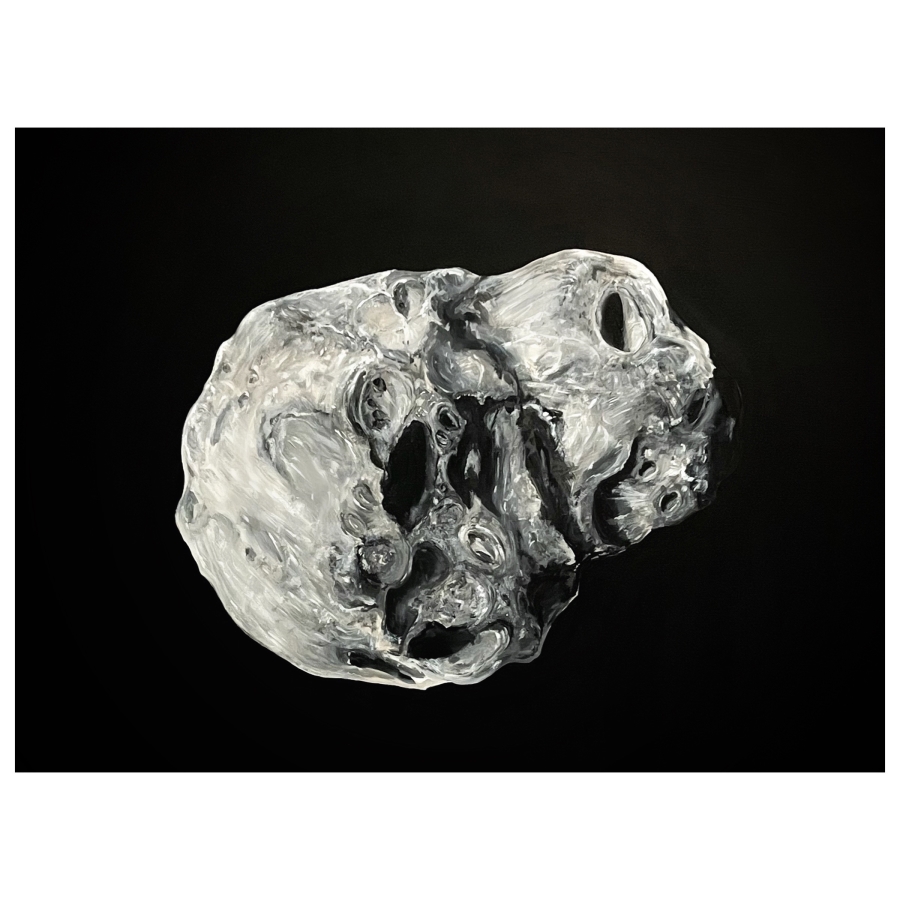
Can you give some examples of new styles that you’re working on or considering?
I’m a multimedia artist, and I utilize every medium I can master to express my concepts. I draw, paint, carve, shape, assemble, build…Now I’m considering adding some video art to my body of work. And, as you can predict, it will be documenting my own physics experiments!
Editor: Lisa Portscher
